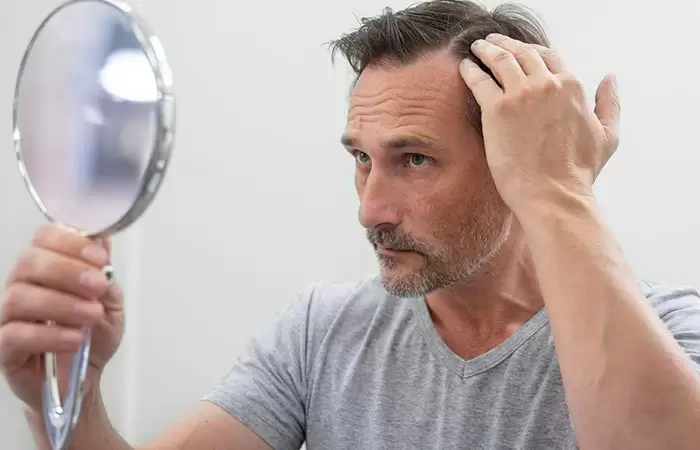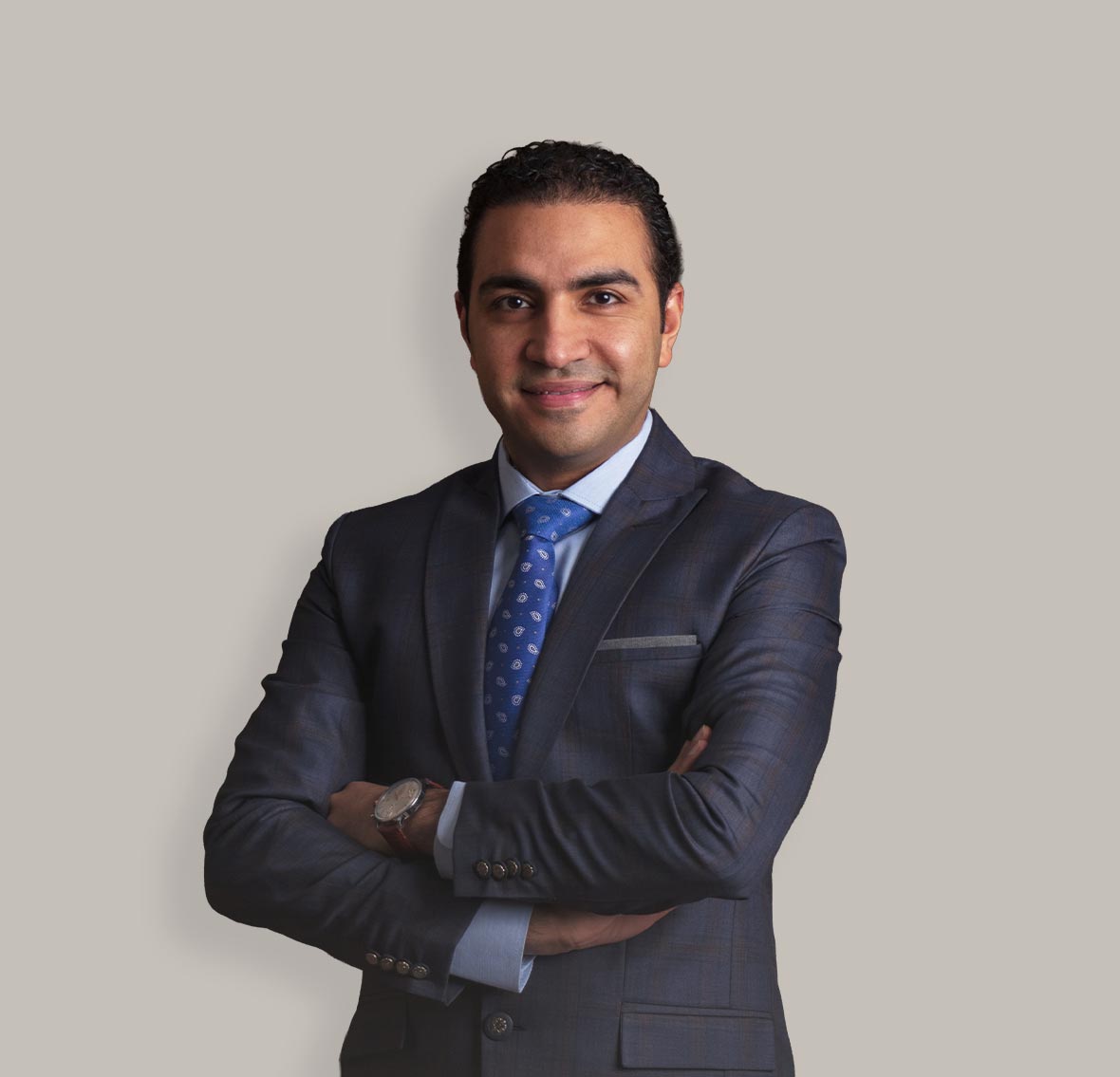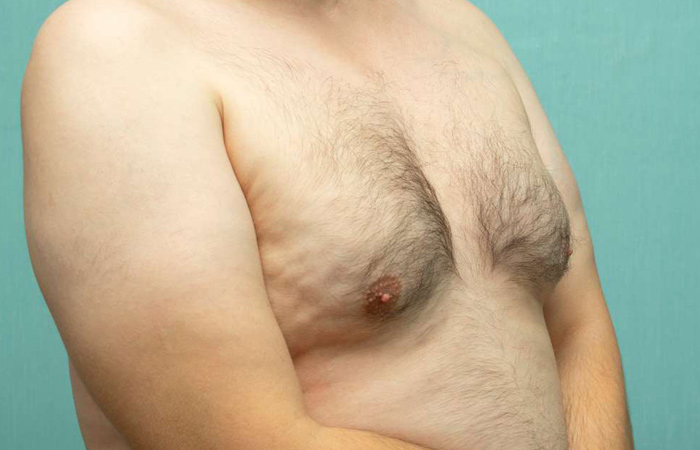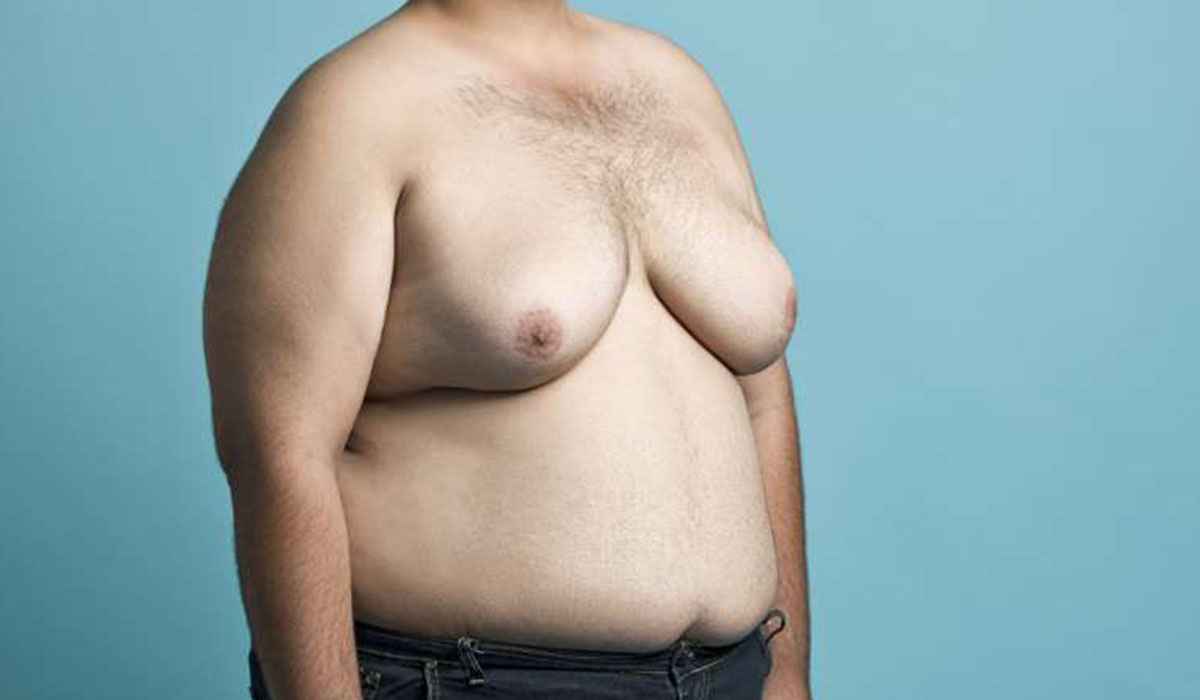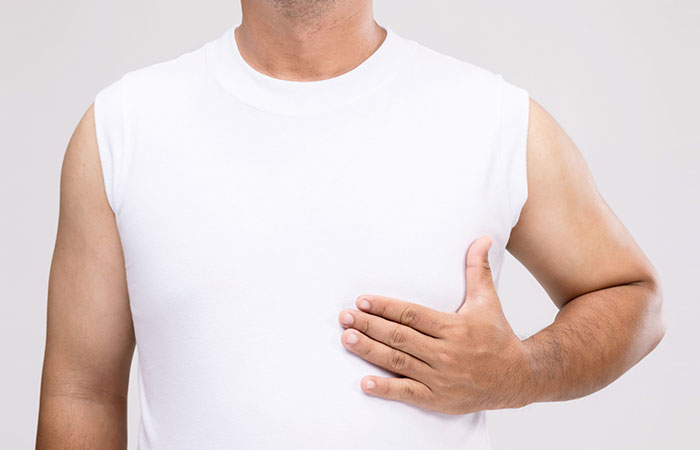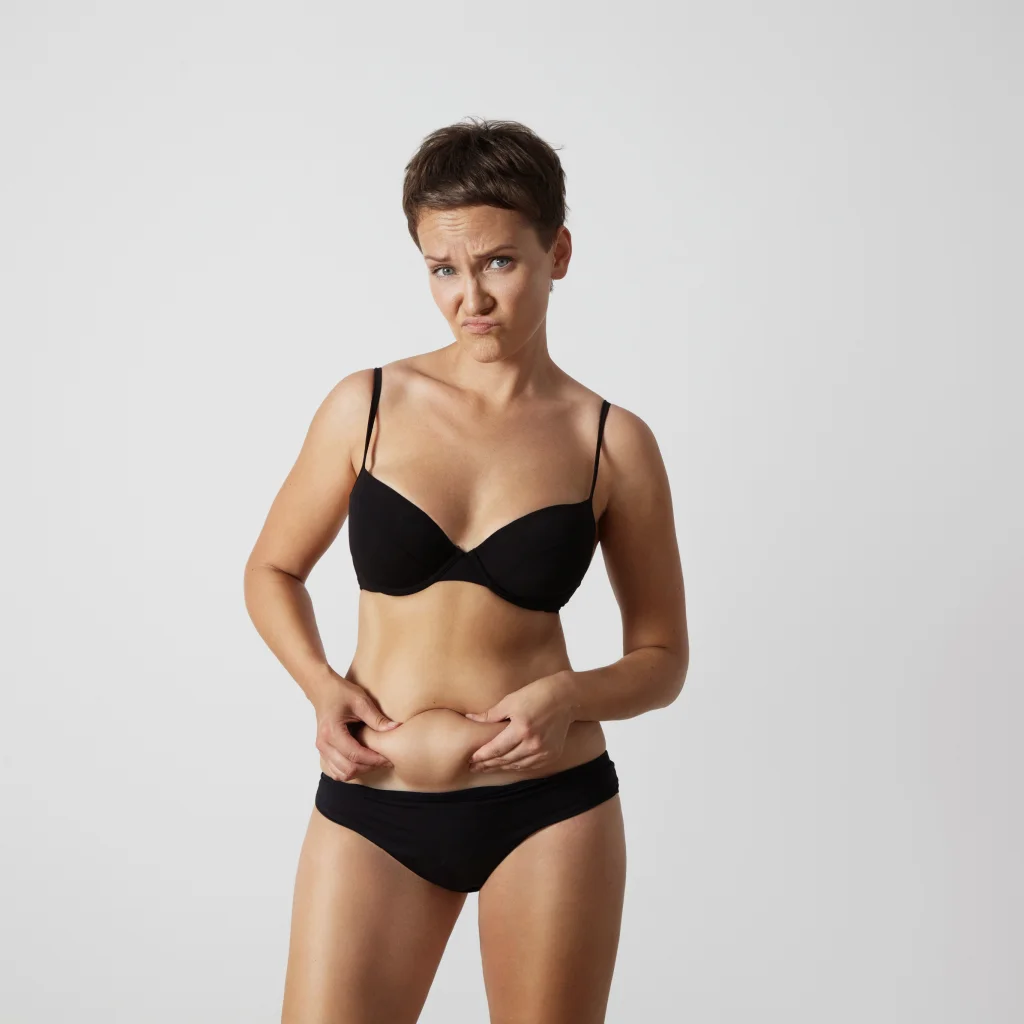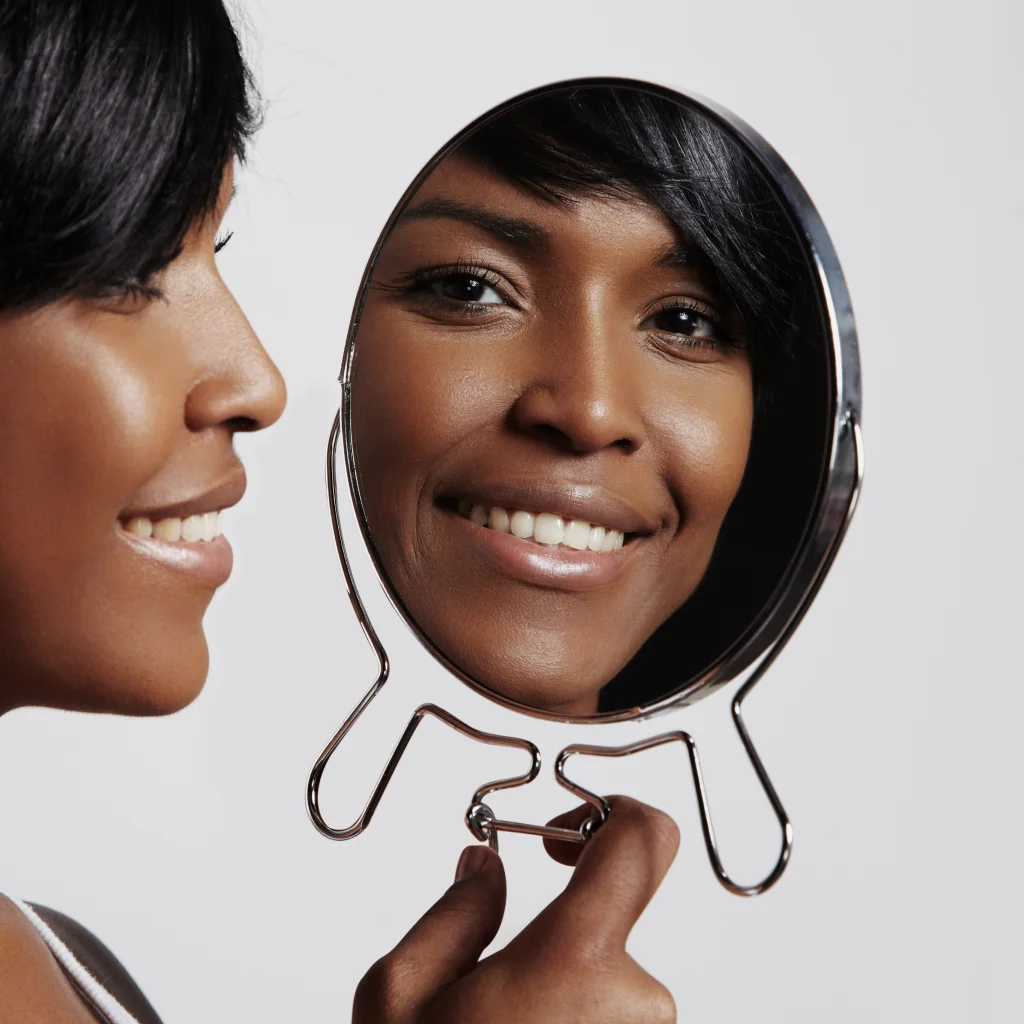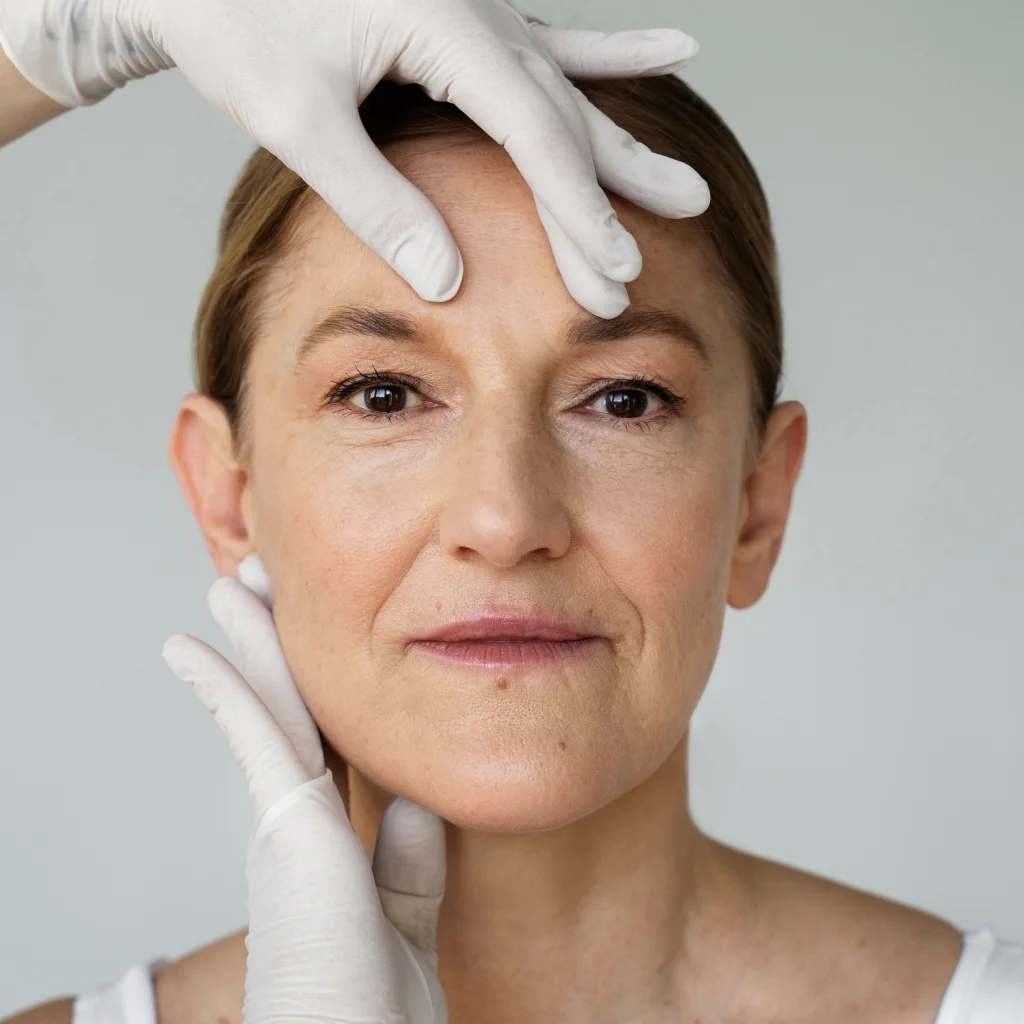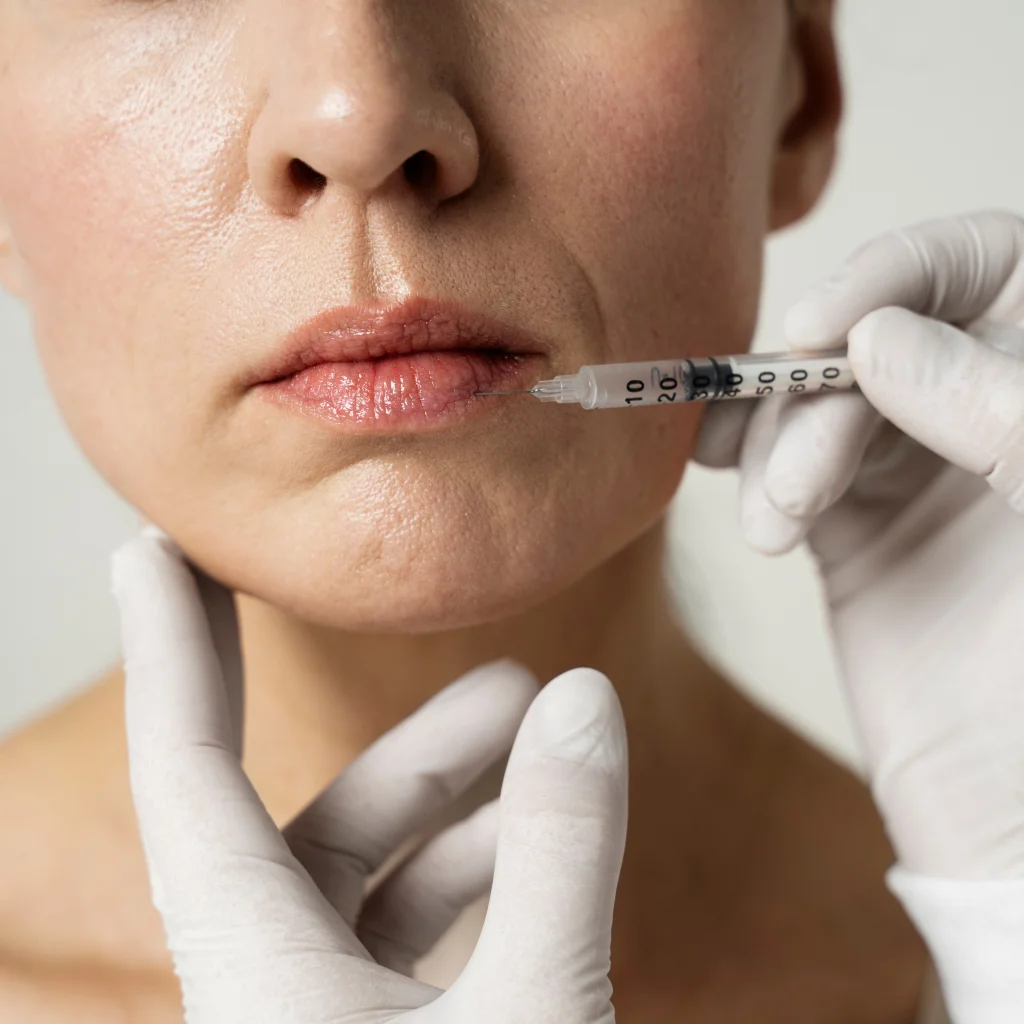After a hair transplant, there are several important instructions and restrictions that must be followed from the very first day of recovery and for several weeks thereafter. Adhering to these guidelines ensures a smooth healing process, minimizes complications, and helps you achieve the best possible results.
Importance of Post-Hair Transplant Care
Post-operative care is the key factor in ensuring the success of a hair transplant, as the newly implanted follicles are extremely delicate in the early days. Any negligence may lead to the loss of grafts or complications such as infection. Proper care helps:
- Secure the transplanted follicles in their new position.
- Reduce swelling and inflammation.
- Improve blood circulation to support hair growth.
- Accelerate healing and allow a quicker return to daily activities.
Post–Hair Transplant Instructions
During the initial recovery phase, the scalp will be swollen, tender, and sensitive, with gradual changes appearing in the transplanted areas. The recovery period typically lasts around two weeks, depending on the body’s healing response and adherence to aftercare instructions. Below are the most important guidelines to follow:
Washing the Hair After Transplant
- Hair washing is one of the most crucial aspects of post-transplant care. Follow these steps:
- The first wash can be performed 2–3 days after the procedure, preferably at the clinic under the doctor’s supervision.
- Use lukewarm water, not hot, and gently pour it over the scalp using a cup or your hand—avoid direct tap water pressure.
- Apply the prescribed shampoo gently to the transplanted area using light tapping motions (no rubbing) to cover the entire scalp, then rinse carefully with water.
- Repeat the process for the donor area, then apply the medical lotion. After full absorption, remove the excess using sterile cotton or gauze pads.
- Dry the scalp gently using clean, fragrance-free tissues or sterile gauze, patting lightly—do not rub or scratch the scalp.
- During the peeling phase, use the special moisturizing solution recommended by your doctor to soften crusts. By the 10th day, you may gently wipe off the softened crusts as per your physician’s instructions.
Ablution and Prayer After Hair Transplant
One of the most frequently asked questions is: “When can I perform prostration (sujood) after a hair transplant?”. Since bending forward should be avoided for 6–8 weeks, normal prayer positions are not recommended during the first two weeks.
You should pray while seated for the first two weeks. Between weeks 2–6, you may resume normal prayer postures but should keep bowing and prostration brief.
As for ablution (wudu) and showering, these should be avoided for at least 7–10 days post-surgery.
Rest and Sleeping Position after hair transplant
- Rest: Complete rest is advised on the first day after surgery to prevent fatigue. Stay home and avoid strenuous activity.
- Sleeping position: Sleep on your back in a semi-upright position at a 45-degree angle, using extra pillows for at least 7 nights to minimize swelling. Avoid sleeping on your face or sides for 10 days; from days 10–14, side sleeping becomes acceptable.
- Pillow type: Use a silk or soft cotton pillow to minimize friction on the scalp.
Daily Activities After Hair Transplant
- Exercise: Avoid strenuous physical activities (e.g., weightlifting, running) for at least two weeks to prevent sweating and increased blood pressure.
- Swimming & Sauna: Prohibited for one month to prevent infection.
- Sun exposure: Avoid direct sunlight for two weeks; wear a wide-brimmed hat if necessary.
- Sexual activity: Refrain from sexual activity for 10–15 days to avoid elevating scalp temperature.
Smoking After Hair Transplant
Smoking is strictly prohibited for 2–3 weeks before and after surgery, as it damages follicles and delays healing.
Diet and Lifestyle
- Diet: Consume foods rich in proteins (meat, fish), iron (spinach), and zinc (nuts) to promote hair growth. Avoid salty or spicy foods for two weeks to reduce swelling.
- Supplements: After medical consultation, you may take supplements such as biotin, vitamin B complex, and zinc.
Medications and Hair Care Products
- Prescribed medications: Take antibiotics and painkillers exactly as directed to prevent infection and manage pain.
- Hair products: Use only the doctor-approved shampoo and lotions, such as baby shampoo or those containing panthenol.
- Avoided products: Do not use hair dyes, gels, or alcohol-based products for at least one month.
Managing Side Effects
- Swelling: Common on the forehead or around the eyes between days 3–4. Apply cold compresses to the forehead and sleep with your head elevated.
- Itching: May occur between days 5–15. Use soothing sprays or aloe-vera gel, and avoid scratching.
- Crusting: Scalp crusts typically form around grafts in the first few days; allow them to fall off naturally within 7–15 days with regular washing.
- Temporary shedding (shock loss): Transplanted hair may fall out after 2–4 weeks—this is normal. New growth starts within 3–4 months.
Follow-Up and Monitoring
- Infection signs: Watch for excessive redness, pain, discharge, or fever—contact your doctor immediately if these occur.
- Follow-up visits: Attend your follow-up appointments at 3, 6, and 12 months to assess growth.
Long-Term Post-hair Transplant Care
- Hair growth stages: New hair typically begins growing after 3–4 months, with final results visible between 12–18 months. Your doctor may recommend PRP therapy to enhance growth.
- Hair care products: Use gentle, chemical-free shampoos and avoid dyes or chemical treatments for six months.
- Haircuts: You may trim hair with scissors after one month and use clippers after six months.
Hair Transplant Results
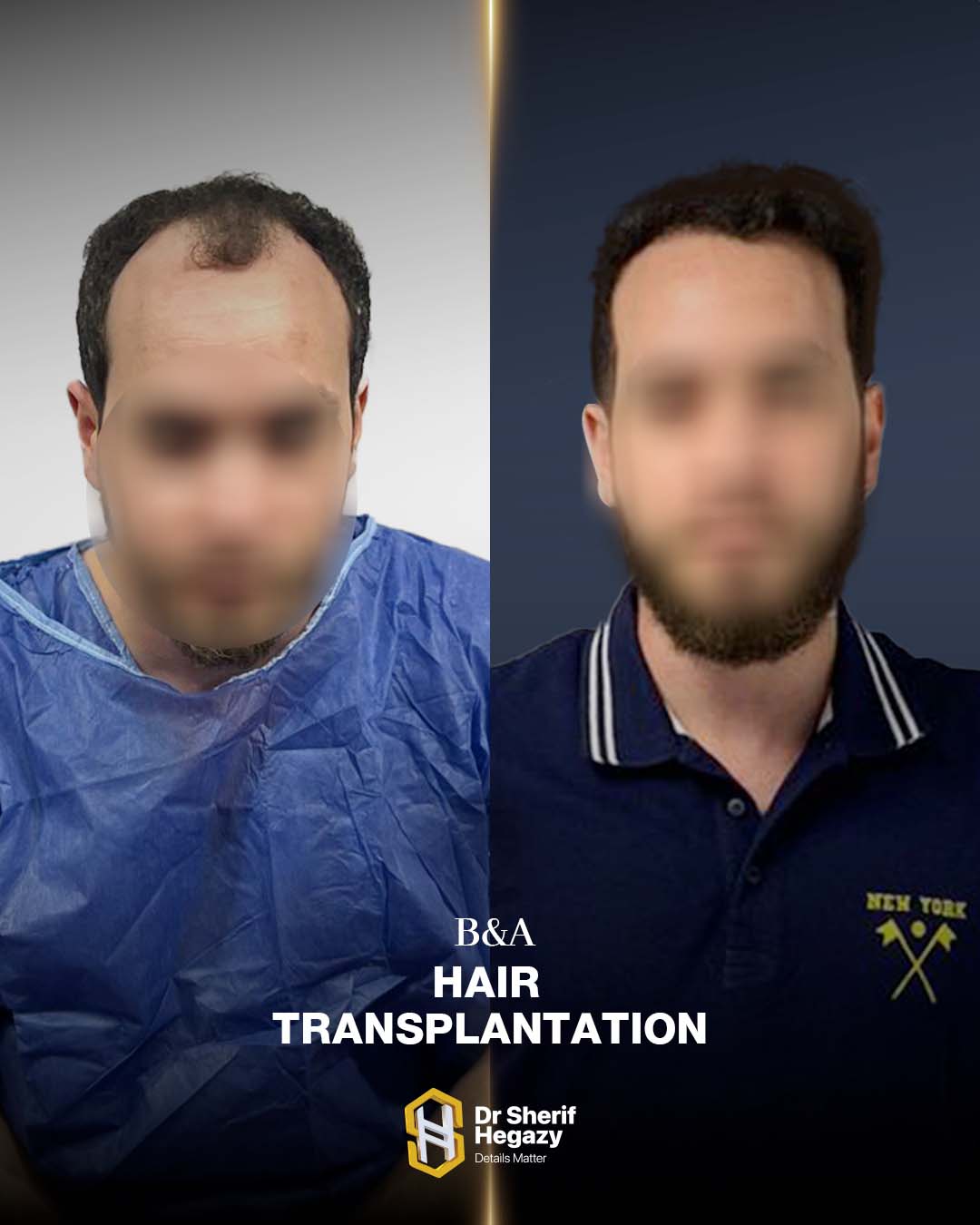
Visible results generally appear after three months. At this stage, shedding stops, and new growth begins. By six months, results become 20–60% noticeable, and by one year, 80–100% of the final density is typically achieved. In some cases, full results appear within 12–24 months, depending on individual healing rates

